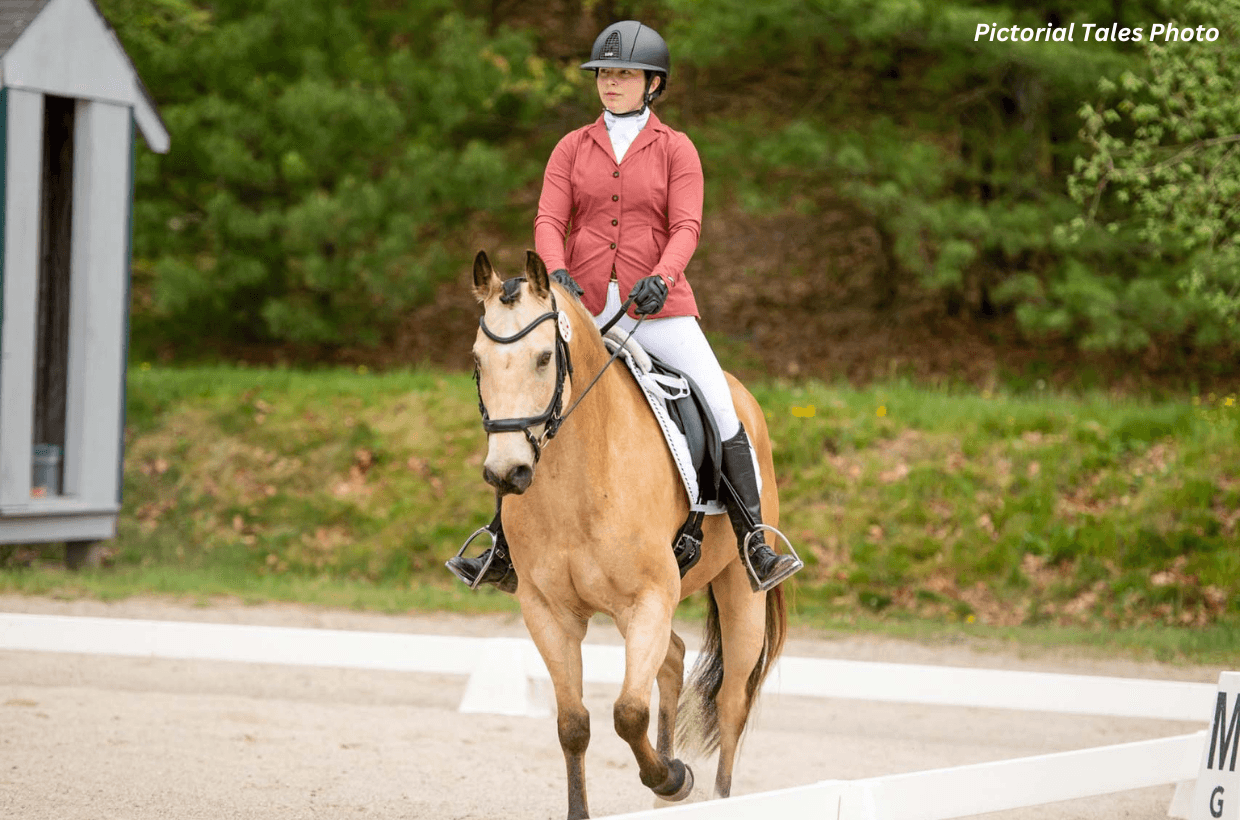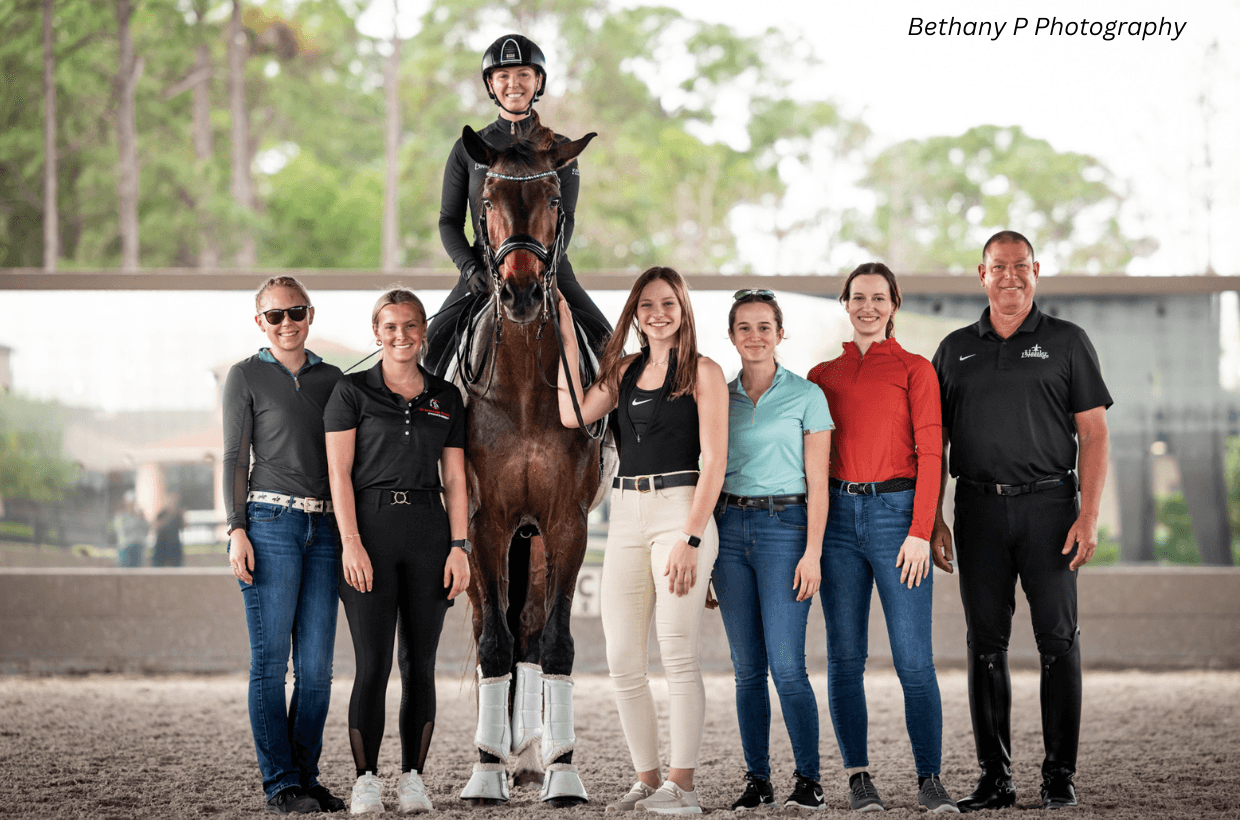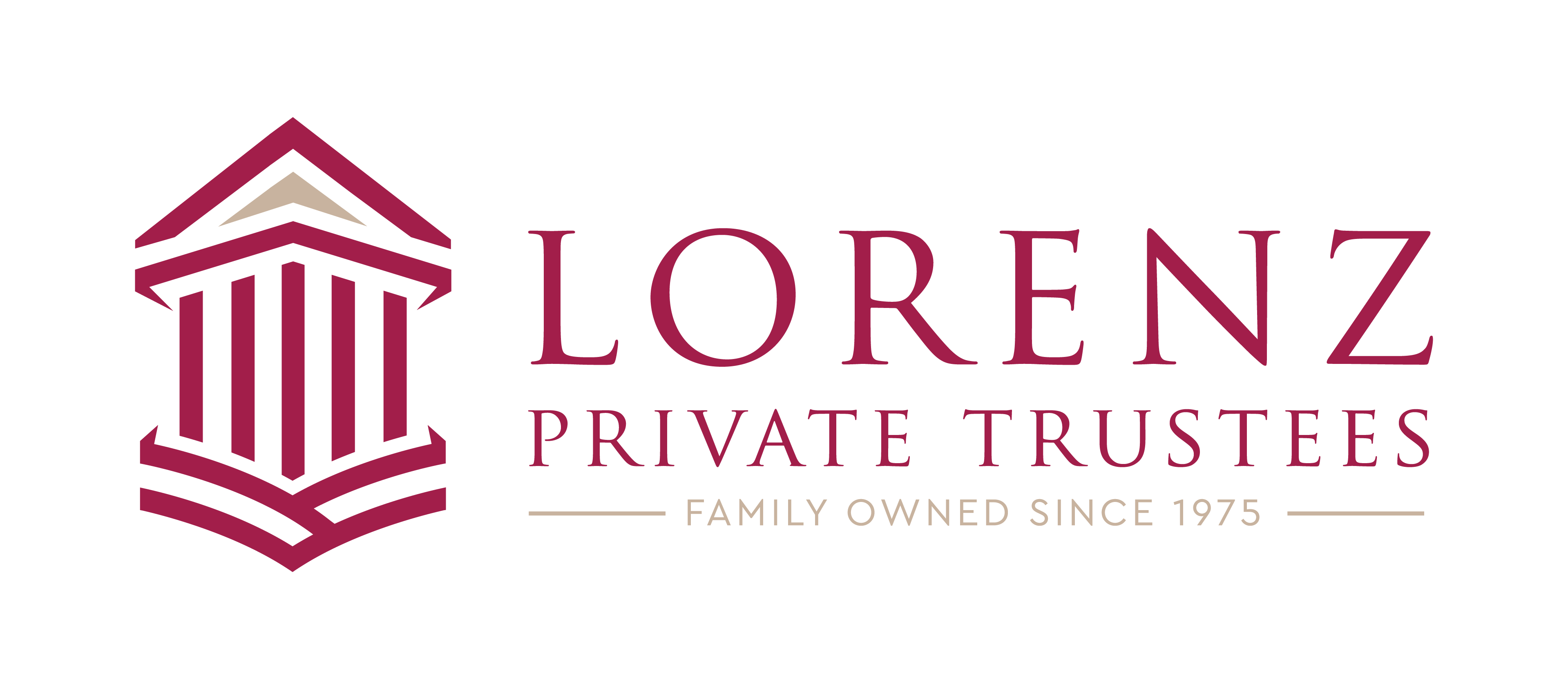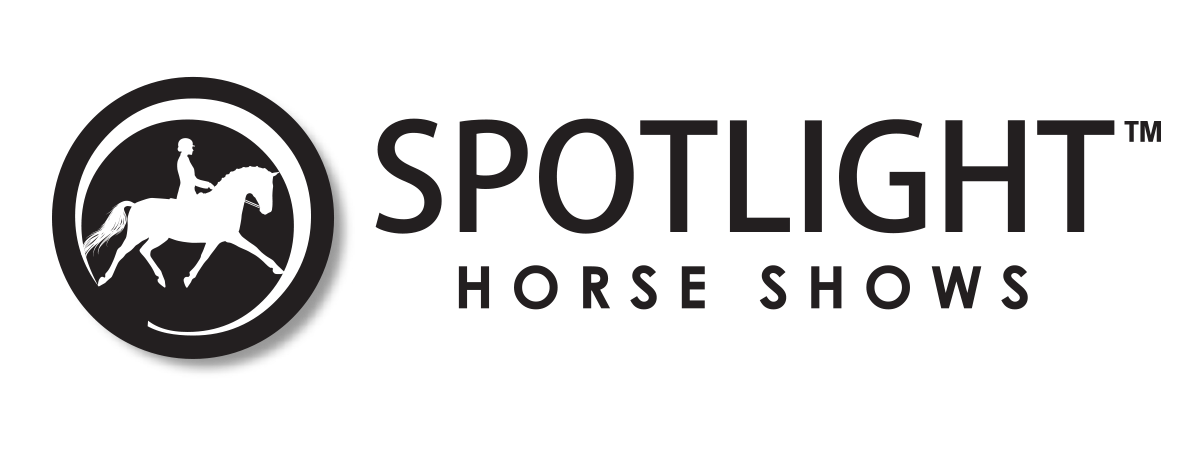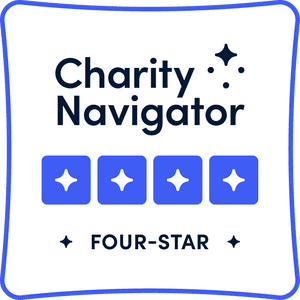2021 Verne Batchelder Instructor Fund Grant Recipient: Cody Moore (NY)
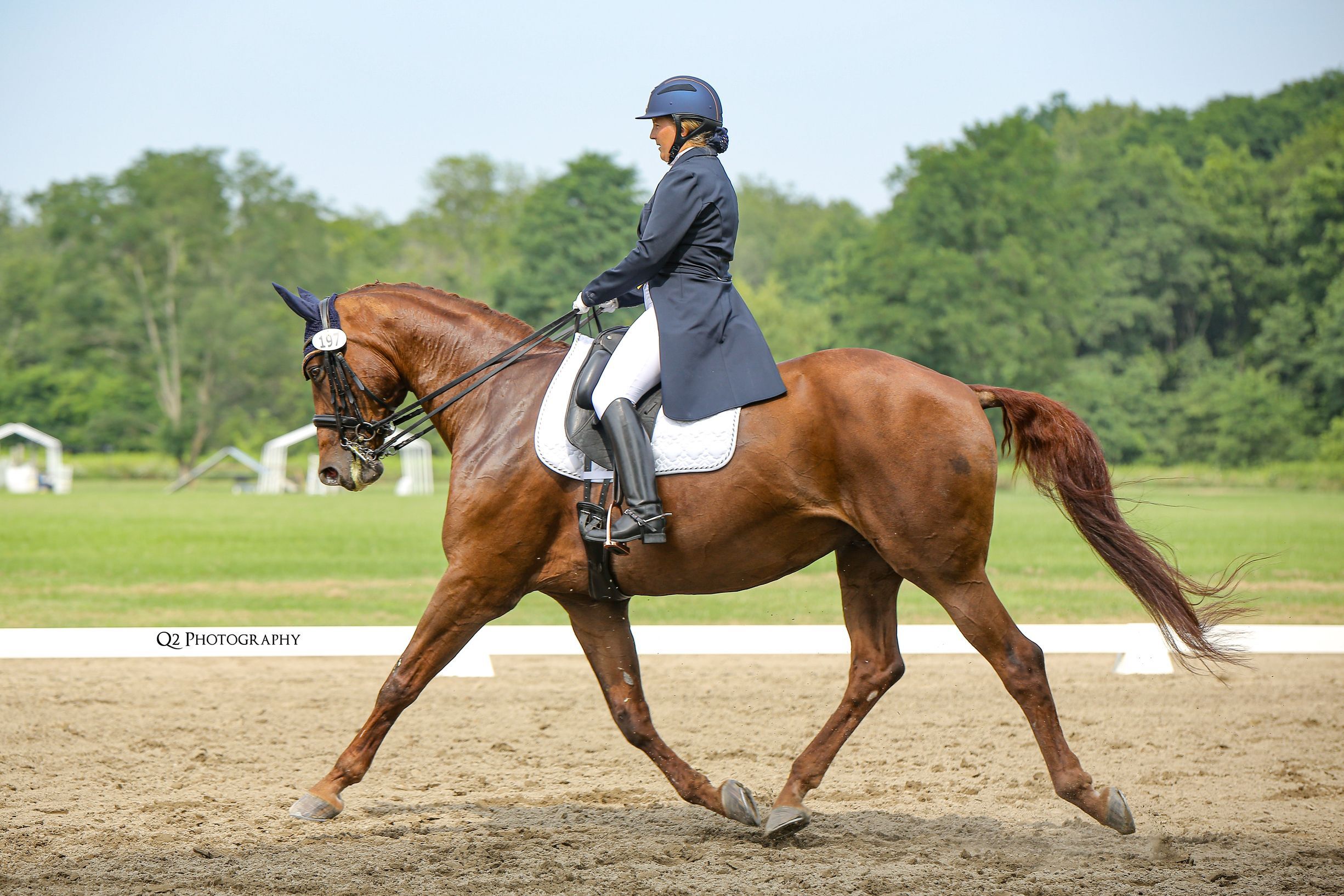
Photo by Q2 Photography
I am honored The Dressage Foundation selected me for the 2021 Verne Batchelder Instructor Fund grant - it has been an amazing experience! I have been working with Donna Young for the past four years and this is my second year working with her trainer Tom Noone.
My mare Maisy’s conformation is built downhill, which makes collection hard for her. Riding the Prix St Georges Level requires her to be more collected. There have been a few times in the past that Maisy has stopped going forward and flown backward making it difficult to relax her and have her walk forward (yes, she has even done this in the show ring). We couldn't figure out what was causing this behavior. Tom finally said one day “stop immediately and stand when she starts to feel like she's going to change in her way of going.” Tom then looked in her mouth and lo and behold, Maisy had her tongue over the bit… without her tongue sticking out of her mouth like most horses. Both Donna and Tom have been amazing with identifying this issue along with trying different bits, bridle fittings, and exercises to help improve our training to make it easier for both Maisy and me. This was not something that was fixed immediately, it was a lot of trial and error to navigate.
My biggest weakness has been the canter zig-zag and counting of the tempi changes. In both instances, the root of the problem is ALWAYS Maisy being behind my leg and on the forehand. In the zig-zag, especially traveling left to right, Maisy would get heavy and then I would lose her shoulders and the quality of the half pass. The most successful exercise for improving this for Maisy is to ride shoulder-fore on the quarterlines, on diagonal lines, or anywhere in the ring.
While riding, I really focused on our left side and that I keep my shoulder up and right hand down. I need to keep Maisy’s shoulders up and her haunches under her. This exercise is done in both trot and canter. If she feels supple and light, we go straight or add the half pass or do a flying change. We also use the leg yield a few strides to a half pass back to a leg yield to help supple and engage her body. I am happy to report, with all of the training and time spent, our 2022 year was successful with no tongue issues and improved suppleness and collection. Both trainers collaborated during each lesson to figure out what worked best. Having two trainers invested in the care and training of both Maisy and me at each lesson was extremely inspiring.
While I was disappointed that my show plans this year were sidetracked by a slight bout of lameness, I was happy to be able to focus on my USDF "L" program requirements. I spent my free time this summer traveling back and forth to Ohio for Part 2 and to many shows sitting with wonderful judges as well as scribing. Graduating from the USDF "L" program has been a valuable educational experience for both my own instructing and training. Looking at the dressage tests from the judge's perspective is much different than the instructor's. I feel I am a much better rider and instructor now with both my USDF Instructor Certification and USDF "L" program experiences. Finally, in January, I attended the USDF FEI Trainers Conference. The opportunity to watch top trainers, riders, and horses was incredible. I know we hear it all the time… BASICS, BASICS, BASICS.
However, sitting on the sidelines watching these trainers who have so much more experience and exposure being told “the horse needs to be on the bit,” “watch the balance," and “ride the balance and collection for the level” was inspiring. Hearing many repetitive things we are taught on a daily basis inspired me to never give up and reminded me that no matter what level of a rider we are, we still always need that person on the ground to help improve our feel and skill to improve the basics. Another big takeaway for me was an analogy about collection - “if you go and collect more money, do you have more or less money? Ride collection like you are collecting money.” I also was rejuvenated by Lehua Custer and Ramzes’ rides. Ramzes was bred at Cornell University’s breeding program where I have purchased and trained a few horses bred by the same program. I mustered up the courage to introduce myself to Lehua after her second ride and am excited to have her come up to my farm for a clinic.
I am always striving to continue improving my riding and teaching techniques. The better I become will, in turn, benefit my students and horses. My goal is to provide the correct foundation for success and expose all to amazing opportunities. Receiving the Verne Batchelder Instructor Fund grant gave me a wonderful season of opportunities to further my continuing education, as well as meet many new and AMAZING people. The Dressage Foundation is such an incredible program for so many riders, instructors, and judges. Thank you for all you do for the dressage community.

